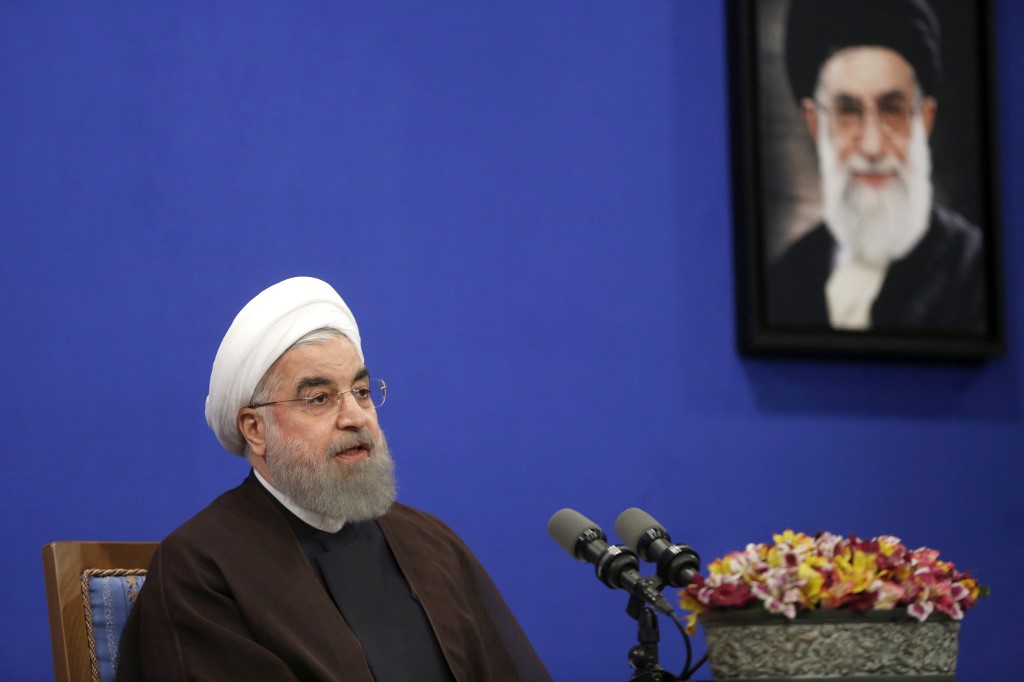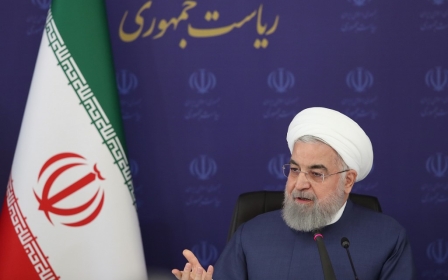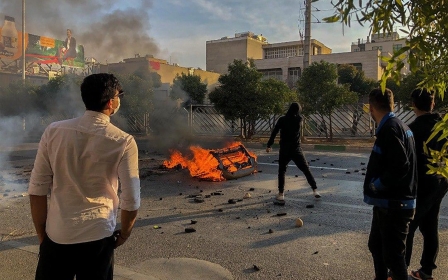Iran: Is another White Revolution brewing?

Late last month, Iranian Supreme Leader Ayatollah Ali Khamenei approved a request by President Hassan Rouhani to permit the holders of Justice Shares to trade them on the Tehran Stock Exchange.
In his order, Khamenei noted the role of Justice Shares in promoting social justice and empowering low-income families. Justice Shares are shares of big government-owned companies given to help low-income citizens and to expedite privatisation. Until now, they were not tradable on the stock market.
It is interesting that the release of shares comes 15 years after the plan was launched. But why now?
Economic metrics
Rouhani maintains that the economic picture portrayed by foreign media with regards to Iran is false, noting recently: “This year is a good year … That dark condition that the foreign media portray, aimed at scaring [our] people, is absolutely false and baseless.”
The reality, however, is that most major economic metrics contradict Rouhani’s claims.
In its April report, the International Monetary Fund put Iran’s GDP decline in 2019 at 7.6 percent, projecting that it would decline by another six percent in 2020. According to Iran’s Central Bank, the inflation rate in the last Iranian calendar year (March 2019 - March 2020) was 41.2 percent, the second-highest in the last 30 years.
The numbers are hard to deny. The big picture of Iran's economy is different from what Rouhani and the whole system constantly claim
With respect to unemployment, prior to the coronavirus pandemic, Iran had 3.3 million unemployed people. A recent report by the Islamic Parliament Research Center estimated that, as a result of the pandemic, 2.8 to 6.4 million more people will lose their jobs.
Let us not forget that, according to the labour ministry’s definition, a person is considered employed if he works “one hour per week”.
The numbers are hard to deny. The big picture of Iran’s economy is different from what Rouhani and the whole system constantly claim. In fact, the reason behind Khamenei’s move to remove the ban on trading Justice Shares is the state of the economy.
With many unemployed, low-income families struggling against inflation to survive and lingering resentments in society about the heavy-handed crackdown during last year’s riots, the release of Justice Shares is most likely aimed at preempting a social explosion.
Revolution from above
This is a revolution from above. Why is the move so significant? Firstly, Justice Shares are in the hands of 49 million people, so a huge portion of society will benefit. Shareholders own the shares of a basket of 49 state-owned companies, including petrochemicals, that are the driving force of the stock market.
Secondly, the value of these shares has experienced a 16-fold increase since the plan was launched. Thirdly, the Tehran stock market is soaring and seems unstoppable: in the last 12 months, prices have increased five-fold. While global markets stumbled, the Tehran Stock Exchange’s index went from 508,000 on 24 March to more than 1,000,000 this month.
Why the steep rise? It started last year, with more people rushing to invest in the stock market to protect the value of their money against rampant inflation. Once the increase of the market value of the stocks accelerated, the herding phenomenon took over. Money began to flood into the market.
Since during Rouhani’s tenure the domestic money supply has more than quadrupled, the amount of money flooding into the stock market is massive. Stock market fever has caught the country. Once the holders of Justice Shares enter the market, between 70 to 80 percent of the country’s population will be involved.
The move evokes the White Revolution during the Shah’s reign, which, among other reforms, distributed land among Iranian peasants (partly to weaken big landowners as a potential threat to the monarchy) and offered profit-sharing for workers in factories and industrial facilities. The goal was to strengthen the social base of the monarchy and the Shah personally.
Deepening the crisis
Permission to trade Justice Shares, after a 15-year ban, has no purpose other than calming the simmering dissatisfaction that could explode and threaten the Iranian system. The coronavirus pandemic and the US “maximum pressure” campaign - which, contrary to President Donald Trump’s claim, has no goal other than regime change in Iran - are deepening the economic crisis.
Rouhani and his administration are playing a major role in heating up the stock market. On a website considered supportive of Rouhani and his administration, economist Davood Souri writes: “This administration’s statement [that it supports the bourse with full force] is nonsense. What does supporting with full force mean? Will the administration compensate investors’ losses if they lose? Definitely not.”
Souri is right. According to the head of the bourse, on 11 May Tehran's stock market had a market capitalisation that exceeded 5,000tn tomans ($200bn). But this figure can change drastically according to the exchange rate of the day.
Late in March, Rouhani asked Iran’s supreme leader to allow the government to withdraw $1bn from Iran’s sovereign wealth fund. Given its shortage of funds, it is unrealistic to say that the administration would be able to cover people’s losses even if they were a fraction of $200bn.
So is this trend in Tehran’s stock market sustainable? Masoumeh Aghapour Alishahi, a member of parliament’s economic committee, warns: “While all the indicators point towards an economic recession, demand for non-oil products and their export are reduced, companies’ sales and cash flow have reduced and the import of [industrial] equipment has become extremely difficult [due to sanctions], how will companies [listed in the stock market] have a positive balance sheet in the coming months?”
'Bubble will burst'
In reality, this historic run is solely due to the overwhelming inflow of money into the stock market. Sooner or later, this flood will lose its strength and stock prices will begin to stagnate. At that point, shareholders will begin to cash out as they feel inflation is consuming their assets.
Herding will emerge again - and stocks will begin to fall. Ahmad Naderi, head of the Institute of Social Studies and Research at the University of Tehran, tweeted on 5 May: “The stock market’s bubble will burst … and I am concerned for the consequences: riots bigger than 2017, 2019 and definitely bigger than 90s.”
The fate of the Justice Shares will be linked to that of the stock market as a whole
The fate of the Justice Shares will be linked to that of the stock market as a whole. Experts on the causes of the 1979 Islamic Revolution in Iran almost unanimously agree that the failure of the Shah’s White Revolution was one of the major factors that brought the monarchy down.
As the distinguished Iranian-American professor Ervand Abrahamian points out: “The White Revolution had been designed to preempt a Red [communist] Revolution. Instead, it paved the way for an Islamic Revolution.”
Will the release of Justice Shares - designed to bring happiness to millions of poverty-stricken families - and Tehran’s impressive stock-market run succeed in preventing the explosion of accumulated dissatisfactions?
The views expressed in this article belong to the author and do not necessarily reflect the editorial policy of Middle East Eye.
This article is available in French on Middle East Eye French edition.
Middle East Eye propose une couverture et une analyse indépendantes et incomparables du Moyen-Orient, de l’Afrique du Nord et d’autres régions du monde. Pour en savoir plus sur la reprise de ce contenu et les frais qui s’appliquent, veuillez remplir ce formulaire [en anglais]. Pour en savoir plus sur MEE, cliquez ici [en anglais].







